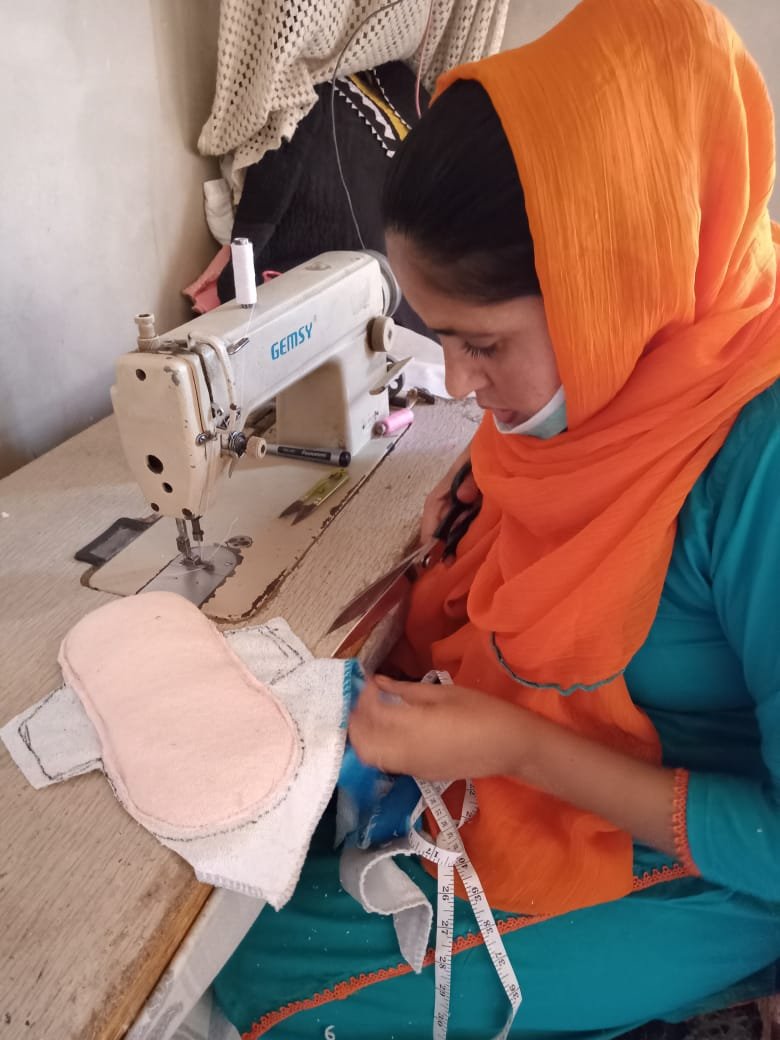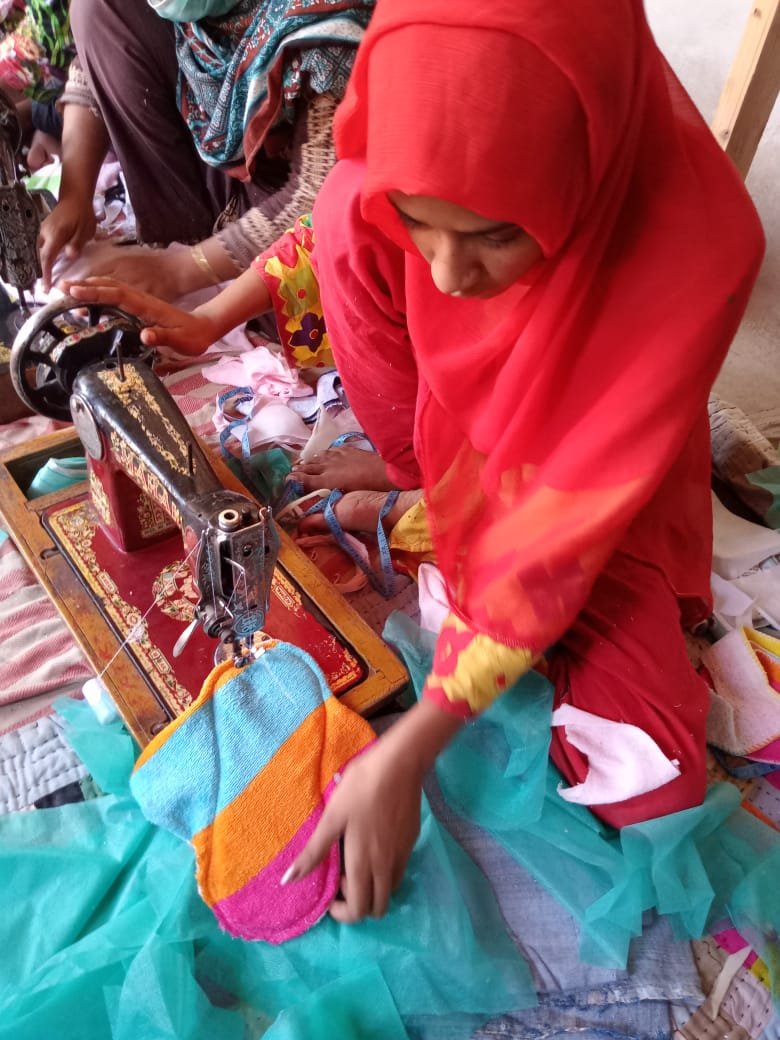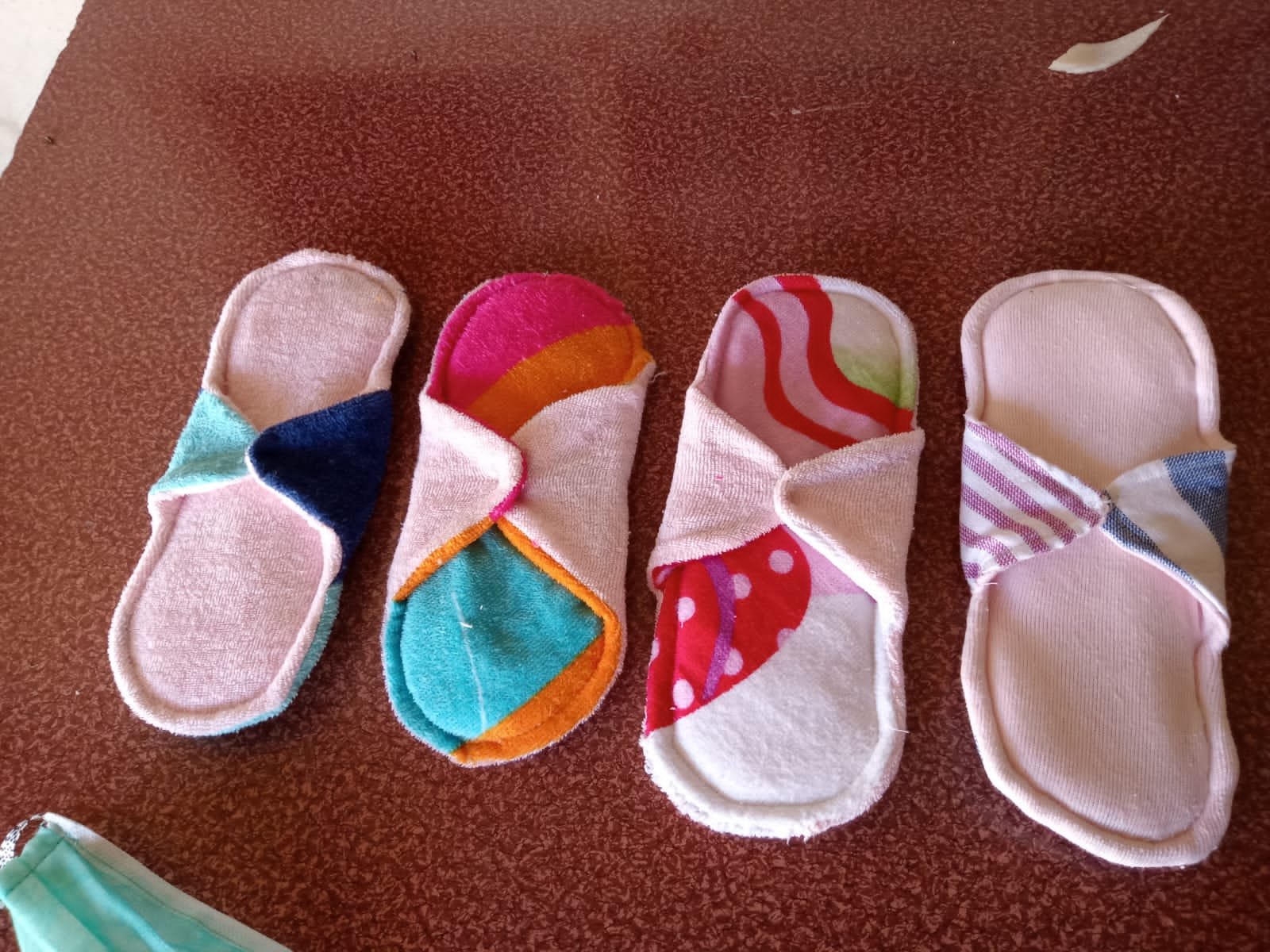Launching our first-ever Reusable Pads Codesigned with SRSO and our rural women partners
Girls and women have been menstruating since the beginning of time but their hygiene and health during this time has never been truly prioritised. Case in point are menstrual products which have only recently seen various innovations. As a menstrual health education tech startup, we hear constantly from our audience about the lack of product availability, affordability, comfort and of course sustainability.
To a large extent, Pakistan continues to stay entirely focused on two menstrual options - sanitary napkins in urban centers and cloth rags in rural areas. As a country deeply impacted by climate change, carbon emissions and menstrual waste, we thought we could play a role and design a solution with our existing partners. We knew that menstrual education without addressing product demands was an insufficient approach.
When Berlin based organisation The Do put out a global call to action, we reached out to Sindh Rural Support Organization (SRSO), which had already supported us spreading awareness, training rural menstrual champions and bringing digital literacy and virtual menstrual education into the rural areas. Together, we worked on launching first -ever Raaji Reusable Pads Prototype.
Research and development (R&D)
We began by exploring which materials could be used as layers to absorb the flow while being gentle to the body and skin. The cloth market in Sukkur city and the mission road market were the first locations we looked for materials. From there, we got soft and non-woven fabric for the prototype production.
Testing for absorbance & biodegradability
We discovered that foam sheets and non-woven fabrics are biodegradable and could be a feasible alternative for absorbing the flow if prepared in layers.
Competitive analysis
As we begin this journey, we are reaching out to companies and startups who are already selling reusable pads like Codegreen and Redcode in Pakistan to know the insights of their menstrual products and raw materials. We would have them as our potential advisors and partners to this initiative.
Selling through menstrual champions
Our rural menstrual champions are already active in spreading menstrual education into different villages and communities. Our goal is to engage our menstrual champions in this initiative as distributors and sellers to empower them financially.
We are grateful to the rural women entrepreneurs belonging to village Khair Bux Maari, District Larkana from Sindh for making this amazing prototype within a short time span. The entire initiative was led by Ms Samina Barkat Ali, who is a Training Coordinator of several rural business development groups fostering under SRSO.
Product design and testing
Right now, the top and bottom layer is made of soft fabric and inside of these two layers, a single layer of non-woven fabric and 2 layers of thin foam sheets are used, which are also found to be the eco-friendly choice.
The prototype is now under testing phase, we've already tested it with water flow to see how absorbent it is, and after that, these prototypes are delivered to rural entrepreneurs to test out. These pads need to be changed as frequently as disposable, sanitary pads, but instead of disposing off and adding more menstrual waste, these pads need to be washed with any detergent, dried under the sunlight, and reused.
Our goal is to take forward this project in Sindh, to create and market a sustainable and affordable menstrual solution and to initiate employment opportunities for skilled rural women. This would help women of Sindh to have a hygienic, reusable, sustainable and eco-friendly menstrual option that could be washed with a simple detergent and dried in sunlight as sunlight is considered to be a natural sterilizer and disinfectant.
Future prospects
As we extend, we're excited to bring on new partners and teams to help us achieve our goal of providing girls and women with a sustainable and eco-friendly menstruation solution.
Seeing the rural women hold up the finished menstrual pads proudly in their hands and taking pictures with them made us realize that creating these products also diminish the taboos and stigma around the process. We hope to see more such rooms where products could be created and tested as menstrual health hubs where innovation, education and research on the topic continue sustainably in the future.
.png)





